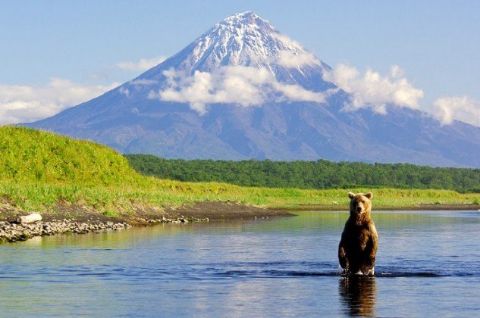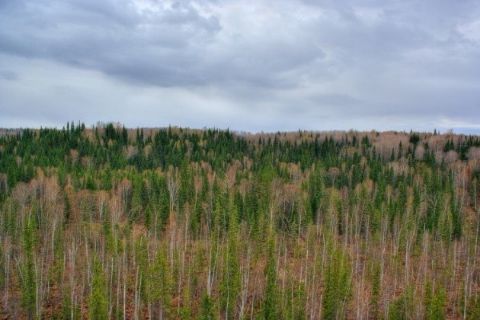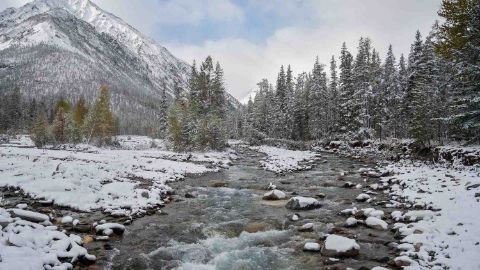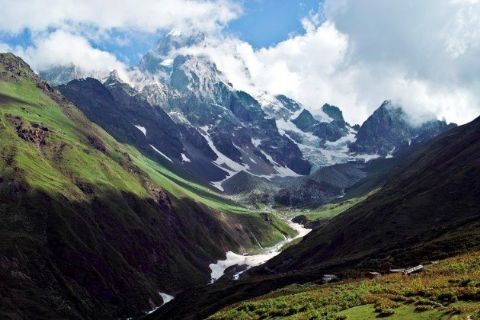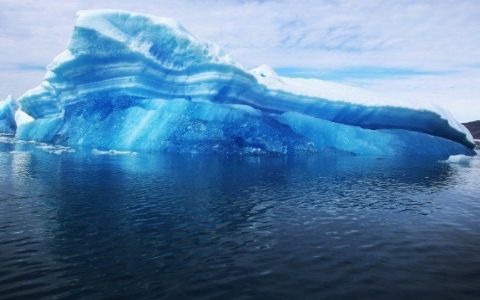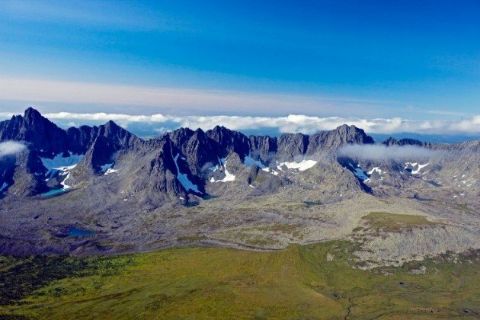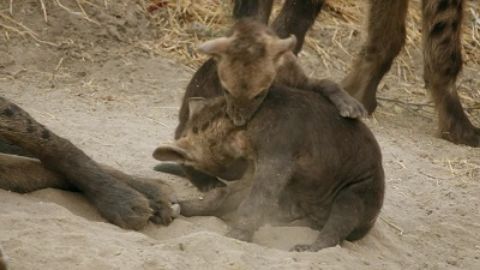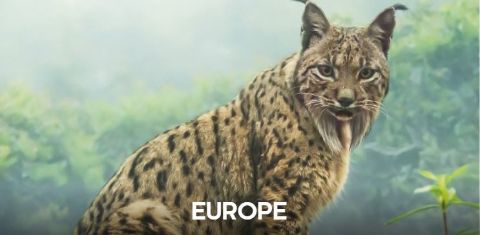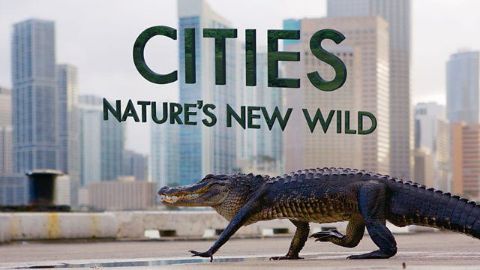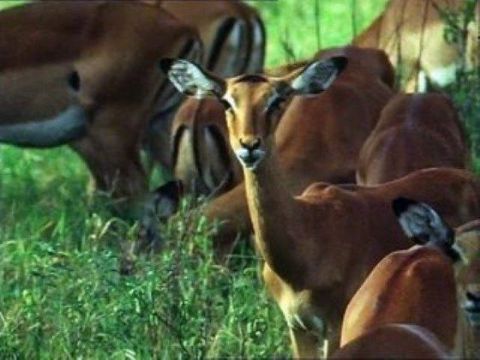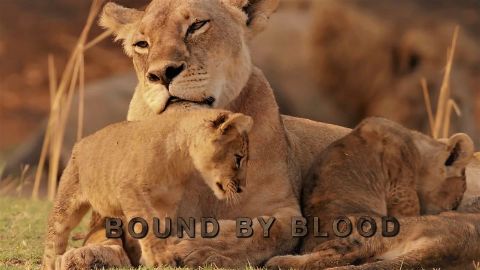Urals - Primordial Valley • 2009 • episode "S1E6" • Wild Russia
Take a journey through majestic primeval forests of the Urals. These protected sites are known for their extremes, where the fine side by side, and giant deer, and giant leviathan, weighing half a ton, and tiny animals. This also, in search of food, make their seasonal raiding Eurasian elk. Unlike other types of elk Eurasian elk live alone, so for the pregnant female elk stress of meeting with other animals usually leads to a fight. As soon as the snow begins to melt in the woods, baring the ground, a lone wolf set out in search of food, not disdaining the frozen remains of animals
Make a donation
Buy a brother a hot coffee? Or a cold beer?
Hope you're finding these documentaries fascinating and eye-opening. It's just me, working hard behind the scenes to bring you this enriching content.
Running and maintaining a website like this takes time and resources. That's why I'm reaching out to you. If you appreciate what I do and would like to support my efforts, would you consider "buying me a coffee"?
Donation addresses
BTC: bc1q8ldskxh4x9qnddhcrgcun8rtvddeldm2a07r2v
ETH: 0x5CCAAA1afc5c5D814129d99277dDb5A979672116
With your donation through , you can show your appreciation and help me keep this project going. Every contribution, no matter how small, makes a significant impact. It goes directly towards covering server costs.
